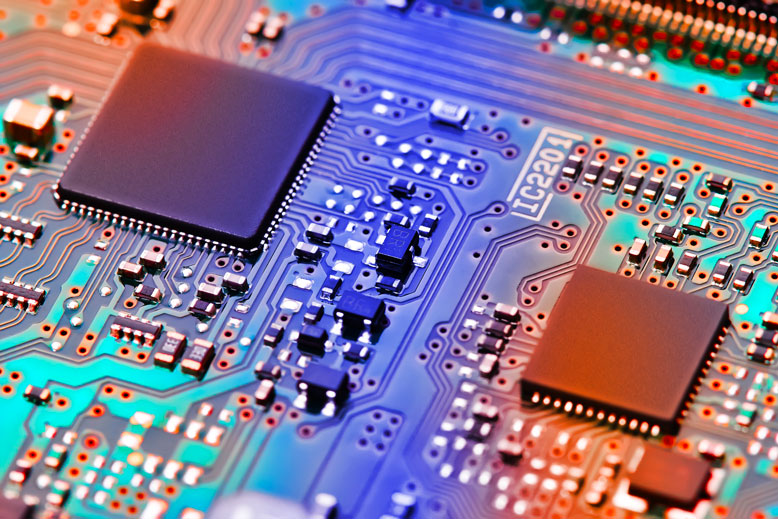For IT asset management experts, 2021 was marked by a shortage of electronic components, in particular semiconductors, an essential element in all electronic equipment: televisions, tablets, smartphones, PCs, etc. This shortage coincided with a sharp increase in demand for these corporate IT equipment and, as production cycles are long (around 4 months for a batch of chips), companies had to be inventive in managing their b2b IT assets in this context.
How can this shortage be explained?
It started at the beginning of the health crisis, around March 2020. As the global pandemic completely changed lifestyles, teleworking became the norm and b2b IT equipment became essential. B2b IT fleets have become key to maintaining business, as companies have increased their need for smartphones, PCs, tablets and corporate printers. Smartphones are responsible for 30% of the increase in the need for chipsets. On the other hand, PC sales have increased by 4.8%. In addition to this very strong increase in demand for electronic components, we are faced with relatively low stocks due to a trade conflict between China and the United States. All of these elements combined have made it very difficult to manufacture and supply the various countries in time and thus to manage the computer park.
Refurbished computers: the answer for easier management of IT equipment
To avoid this shortage and to be able to meet the needs for electronic equipment in this context of widespread teleworking, many companies have opted for reconditioned IT equipment. By supplementing their stock with refurbished IT equipment, these companies have been able to maintain a homogeneous fleet for longer and avoid manufacturer roadmaps and supply delays. Thus, it is possible to delay the renewal of its b2b fleet without losing productivity. Refurbished devices benefit from guarantees similar to new ones: at the time of purchase, a refurbished device has a guarantee of up to 24 months. In addition, before being sold, the equipment is tested at least according to 24 control points to ensure that it corresponds to its grade and technical description. This means that you have all the guarantees you need to benefit from professional quality refurbished IT equipment with the same level of service as new equipment, at a price between 30 and 70% of the original price.
This shortage has brought to light other issues and best practices in b2b IT asset management. In the same way that you can use refurbished equipment to complete your fleet, you can revalue your corporate IT fleet at the end of its useful life so that it can be re-injected into the market and re-used by other companies! This way, you extend the life of your equipment and allow other companies to complete their IT fleets with the models they are looking for. In addition, the sale of your old equipment creates a financial contribution that you can invest in your renewal projects for example.
Finally, b2b equipment maintenance has also emerged as a bulwark against this shortage. By repairing your business equipment, you delay replacement and avoid the complications associated with it: no problem with delayed delivery of new units, more homogeneous fleets, delay in the overall renewal of the IT park.
To cope with the shortage of electronic components in a context where IT equipment is of major importance, several solutions have emerged for companies: the use of refurbished equipment, the takeover of IT fleets at the end of their useful life or the maintenance of equipment. These solutions are also the pillars of a more virtuous management of your IT assets, based on the reduction of the carbon footprint of your assets and the preservation of the raw materials that make them up. These practices have therefore been massively adopted in this context but will remain largely relevant once the situation has recovered, both strategically, economically and environmentally.
